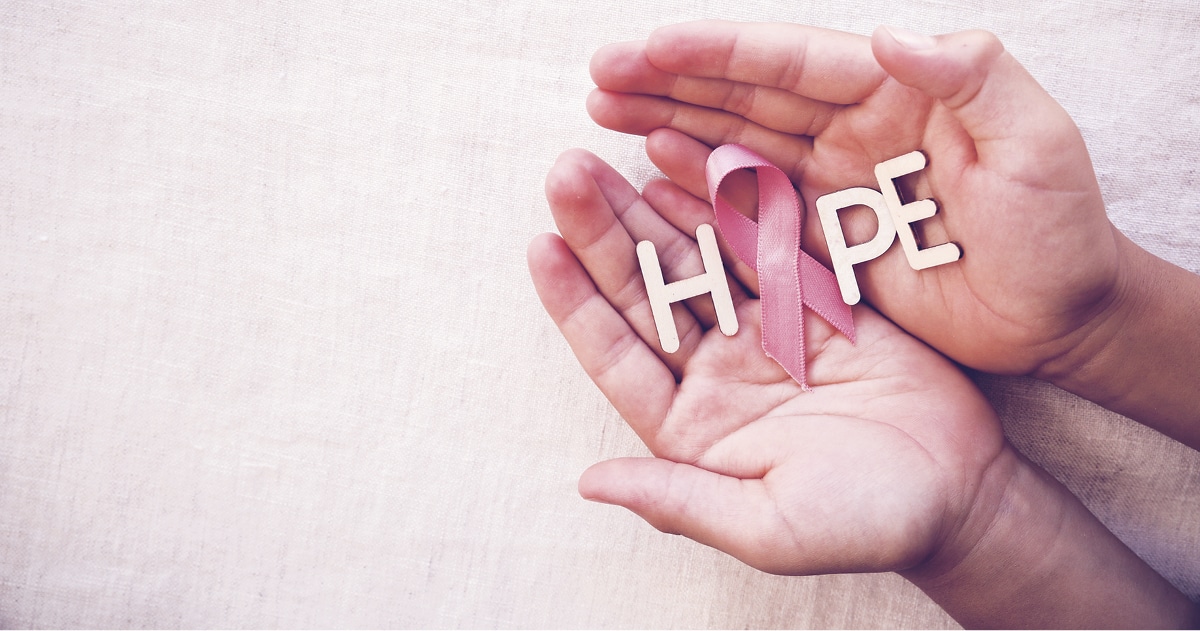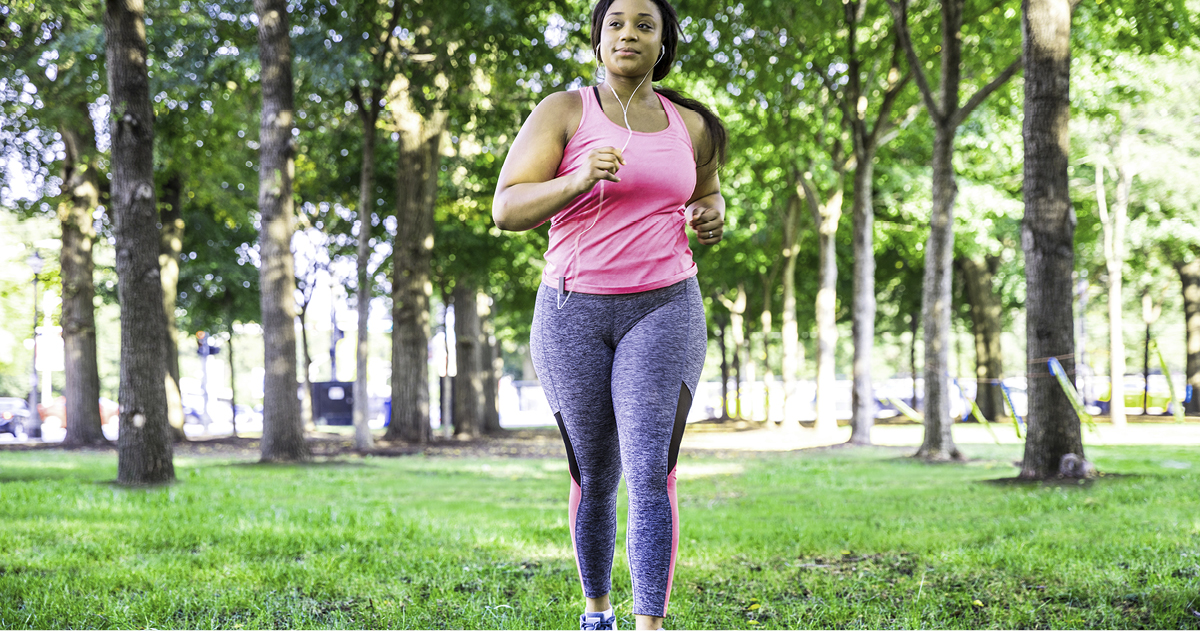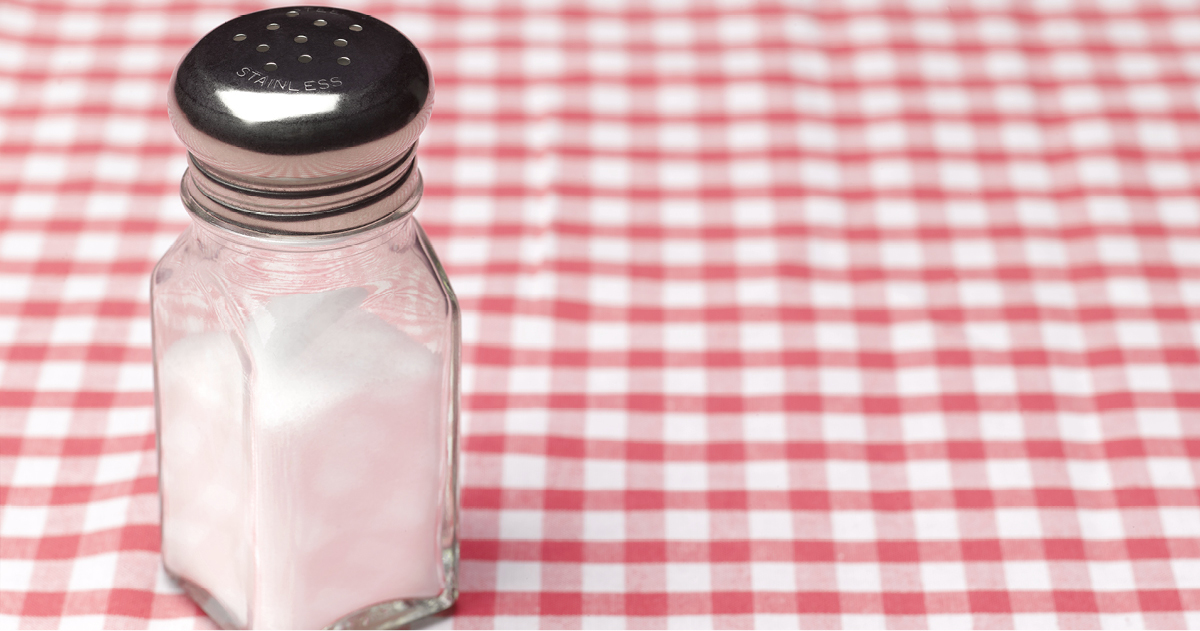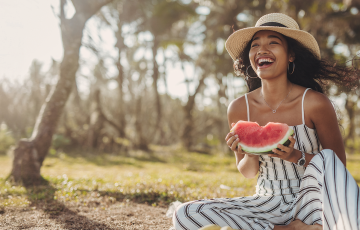Beat the odds of the big C

In the past, all women who were considered to be at high risk for breast cancer were given chemotherapy to kill off the cancer cells and prevent the disease spreading, but this often had toxic effects on healthy cells as well. In Europe, studies have suggested that up to 50% of women who had chemotherapy did not really need it.
The good news is that there is now the MammaPrint, a test that looks at 70 specific genes in a biopsy specimen (sample of breast tumour tissue) to assess whether the cancer is likely to spread to other parts of the body. The test is able to distinguish between ‘high risk’ and ‘low risk’, which helps doctors decide on the best treatment options. By identifying high-risk cases more accurately, MammaPrint actually cuts the number of women who need chemotherapy. This means a huge cost benefit to health services, and saves women from unnecessary treatment and side-effects. The MammaPrint test is available in South Africa.
KNOW YOUR BREASTS
You are the best person to notice changes in your breasts. Do a self-examination once a month to check for lumps. A good time for this is when you are ovulating – about two weeks before your period. Not all lumps are cancerous, but they should be checked.
WHAT IF I’M DIAGNOSED?
Your doctor will explain your treatment options, which will be specific to your particular type of cancer. Some breast cancers are responsive to hormone treatment, but others are not. Sometimes chemotherapy is given, and sometimes radiation. Being diagnosed with cancer is always a shock, so you might not remember everything your doctor tells you at the time of diagnosis. This is why it’s a good idea to prepare a list of things you’d like to ask before you go for each appointment.
FIND SUPPORT
It’s important to feel that you have support. Aside from family and friends, the Cancer Society of SA (CANSA) can put you in touch with other cancer survivors, and they provide a downloadable Cancer Coping Kit (print and audio) as well as Facebook and Twitter advice.
HOW TO DO A SELF EXAMINATION
Lying down with your left arm above your head, check your armpit area with the fingertips of your right hand. Work up and down the breast, feeling for any small lumps or thickening of the skin. Then change arms and repeat on the right side. Do the examination again while standing in the shower – soapy hands help to feel changes.
- Also stand in front of a mirror to look for any of these warning signs:
- Change in the skin around the nipple, nipple retraction (pulling inwards) or discharge from the nipple
- Enlarged glands or unusual swelling in the armpit
- Skin changes (dimpling, puckering or uneven patches)
- One breast getting bigger – don’t be alarmed if one breast is larger than the other; this is quite normal in some women. It’s a change in size that is a warning sign.
- One breast unusually lower than the other – again, only if this changes, get it checked.
IT’S BREAST CANCER AWARENESS MONTH, SO WE’VE ROUNDED UP IMPORTANT NEWS AND FACTS ABOUT THE DISEASE.
BREAST CANCER GENES
How does cancer happen? It can be inherited from our parents or caused by carcinogens (cancer-causing substances). When cells contain genes that have a fault (mutation), those cells can become cancerous. The first breast cancer mutations found were in BRCA1 and BRCA2 genes. Women carrying faulty BRCA genes have a 45-90% risk of developing breast cancer at some point in their lives. These genes also increase breast cancer risk in men, but only about 1% of men get breast cancer.
WARNING SIGNS
- A lump in the breast
- A lump in the armpit
- Enlarged glands
- Changes in breast shape or size – one breast bigger or lower than the other
- Puckered, dimpled or red skin on the breast
- Nipple changes or discharge
Not all lumps are cancerous, but they need to be checked promptly. Knowing what is
normal for your breasts helps you to notice any changes early, so you can get treatment as soon as possible. The Cancer Society of South Africa (Cansa) recommends a monthly breast self-examination to look for warning signs. First, look closely at your breasts in a mirror, and then work your fingers up, down and around each breast, including the nipples and your armpit area, using small circular movements. It’s recommended that you repeat the process lying down, as breast tissue will be spread in a different way.

THE BENEFITS OF EXERCISE
- Exercise can reduce your risk of breast – and other – cancer. One study found that brisk walking of approximately two hours per week reduced women’s risk by 18%.
- Exercise also helps maintain a healthy weight – another protective factor as too many fat cells can produce extra oestrogen, which is a risk for cancer.
- If you are being treated for cancer, gentle exercise can improve your quality of life and survival, but check with your doctor about what kind of exercise (and how much) will be right for you.
CANCER FIGHTERS
- Phytonutrients are plant substances that have known health benefits, and most of them are antioxidants, so eat lots of fruit and vegetables, especially the following:
- Broccoli boosts the body’s protective enzymes and flushes out cancer-causing chemicals.
- Berries slow the growth of new cancer cells.
- Tomatoes contain lycopene, which fights cancer (when they are cooked they produce even more lycopene).
- Nuts (walnuts in particular) block oestrogen receptors in breast cancer cells.
- Garlic fights the damaging effects of nitrates (harmful preservatives found in processed foods).
- Dried beans help prevent colon and breast cancer.
There is a lot of disagreement about foods that might cause cancer, but avoiding the following foods (or limiting your intake) anyway, just in the interests of healthy eating, is probably a good idea. (Always read labels to check for ingredients that might be hidden.)
- Genetically modified foods (GMOs). Experts don’t know enough about them to be sure of their long-term effects on our health.
- Processed meats like sausages, polony and bacon contain nitrates and nitrites, recently reported by the World Health Organisation to cause cancer.
- Red meat that is smoked or grilled.
- High temperatures release chemicals that can cause cancer (this has been known for years, but South Africans won’t give up their braais!).
- Too much salt could make the stomach sensitive to cancer-causing chemicals.
- Hydrogenated oils and trans fats. When liquid oils are heated and processed to make them solid and increase their shelf life, they become trans fats, which are known to be bad for heart health and are being investigated as a cancer risk.
- Excess alcohol. One drink per day for women and two for men is the safe limit.
- Non-food carcinogens include tobacco smoke, asbestos and air pollution, among others. Exhaust fumes from cars, smoke from factories, coal and paraffin fumes in homes that are not well ventilated can all add to one’s risk of developing cancer.
![]() JET CLUB HELPLINES
JET CLUB HELPLINES
Jet Club members get discounted rates on clinic services at Dis-chem and Clicks pharmacies. For more information call:
Pharmacy and clinic services helpline
SA & Namibia
0800 00 45 45
Botswana, Lesotho & Swaziland
+2711 991 825
Related articles

Latest Jet club magazine
We’ve got the latest trends, exciting prizes and exclusive savings just for you!
Jet Club will not pass your details to anyone else. By clicking the subscribe button you confirm you have read and agree to the Jet Club Terms and conditions and Jet Club Privacy Statement.
Subscribe


